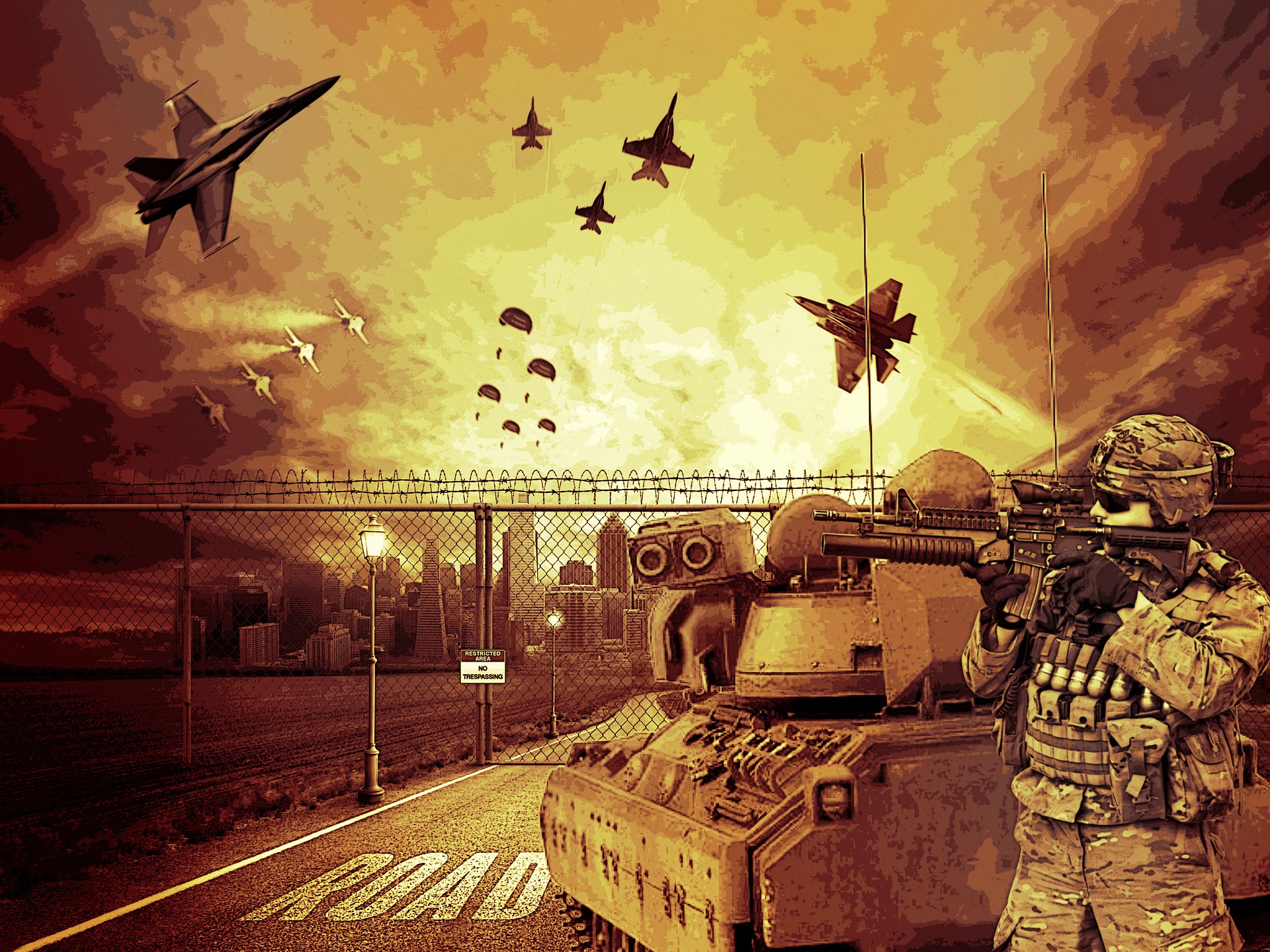TL;DR: Wargames are a great way of learning about history and the conduct of warfare on all levels (tactics, operations, strategy) in a simple, safe, easy to setup environment. This is a multi-post series that presents some wargames. This article focuses on operational wargames. You can find the rest of the series here:
- Part 1: Introduction
- Part 2: Historical Wargames
- Part 3: Tactical Wargames
- Part 4: Operational Wargames
- Part 5: Strategic Wargames
- Part 6: Conclusion
„Parallel to and reflecting this framework for operations are organized elements within the armed forces which prepare for and conduct operations at various levels of war. While there is a general correlation between the size of units, the area within which they operate, and the scope of the mission they perform, the correlation is not absolute. In fact, it is ultimately the mission that a unit performs that determines the level of war within which it operates.“
-David M. Glantz, Soviet Military Operational Art
Operations are the binding link between tactical engagements and overarching strategic plans. Operational art is the metier of military staffs that conduct extensive planning. There are a lot of gears in the machine, air assets, ground forces, trucks, logistical facilities, artillery assets etc. that have to be coordinated in order to be successful. Operational level wargames lead to three important insights:
- Practice in operational planning
- A better understanding of the whole process, which leads to a better understanding of higher HQ’s intent and reasoning
- A better understanding of advantages and constraints of operations and operational planning
Here are three wargames that I think lend themselves especially well for self-study and learning.
Gulf Strike
Gulf Strike (GS) is my favorite operational level wargame. It is set in Persian Gulf region and features several historic and hypothetical scenarios like the Iran-Iraq War, the First Gulf War, a hypothetic Russian invasion of Iran, a US-Russian showdown in the Indian Ocean, etc. What makes Gulf Strike unique is the heavy emphasis on planning. Air missions have to be planned, taking into account available aircraft as well as national and local capacities. Supply depots have to be planned so that your frontline units do not run out of supplies. This heavy emphasis on logistics and planning makes Gulf Strike special. According to Zones of Control by James F. Dunnigan, scholar of military analysis through wargaming, the US used GS before the invasion of Iraq in the 90s.
Learn more about GS here.
Command Ops 2
Command Ops 2 (CO2) is a computer wargame set in World War 2. The basic module of Command Ops 2 with three scenarios can be downloaded for free on Steam or here. Command Ops focuses on operational-level ground operations in the different theaters of World War 2. What makes CO2 so special and different than many other computer wargames is the AI and the focus on mission command: the player gives basic orders, the AI figures out a way to execute them. Unlike many other computer wargames, for example, CM:BS, there is no micromanagement of units. In fact, players are discouraged from doing so. For example, in a scenario where the player is a battalion commander, he is encouraged to give orders only to his subordinate companies. The game AI figures out the best way to comply with the player’s orders and takes care of the rest. No need to manage squads and weapons teams. Oh, you can if you want to, but you don’t have to. This frees up mental capacity and gives you the opportunity to focus on planning your operations.
Learn more about CO2 here.
Harpoon 4
Harpoon 4 is THE most sophisticated and realistic naval boardgame that exists. Designed by Larry Bond, it was used by Tom Clancy to wargame naval engagements in Hunt for Red October and Red Storm Rising. It is also in use with navies worldwide. Harpoon 4 comes with a thick rulebook and a number of reference books with many more pages. You need at least three people to set up a game, two players, and one umpire. In fact, the umpire is the only one who needs to know the rules, he is responsible for all the “under the hood” technical aspects. The players are supposed to immerse themselves and “become” the naval commanders they are portraying. Just reading the rulebook and references, I learned a lot about modern naval operations and the operational environment. It is a monster to learn and play, but very rewarding as it provides a unique perspective, especially for people with an Army background. There is also a computer version which allows solo-play, where the computer takes on the role of the umpire.
Learn more about Harpoon 4 here.
Command Modern Air/Naval Operations
Command Modern Air/Naval Operations (CMANO) is to the computer game world, what Harpoon 4 is to boardgames. It is a huge simulation of air & naval warfare. It is highly complex, gives the player a lot of freedom on what they can do and want to do, and strives to be as realistic as any commercially available computer game can be. The player can play scenarios from 1945 to today, from small litoral engagements, anti-piracy missions, to carrier strike groups facing off against each other. Though micro-management is, again, possible, the emphasis is heavily on planning operations. The easy to use scenario editor is a powerful tool to set up scenarios for learning and exploration of tactical and operational concepts. The publisher Matrix Games offers a cool feature with Command Live, where they offer small affordable add-on scenarios based on current events.
Learn more about CMANO here.

Ein Kommentar